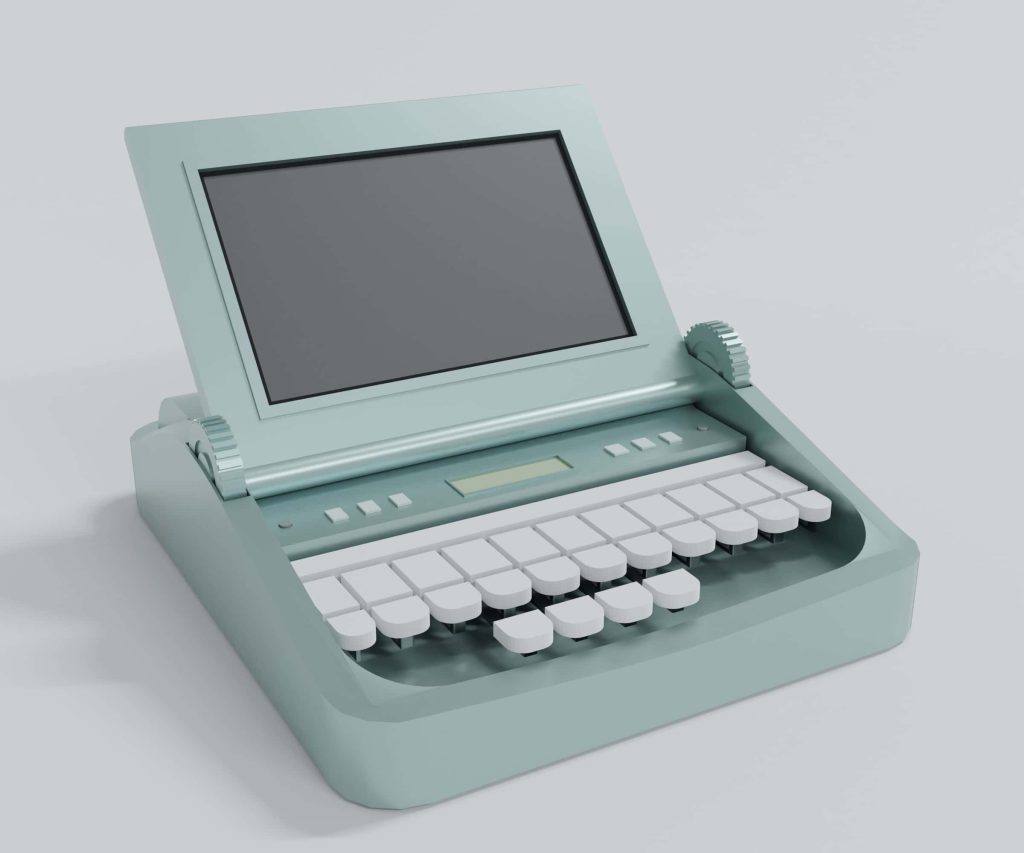Court reporting and stenography have origins that date back to 63 B.C. when a man named Marcus Tullius Tiro, who worked as a personal secretary, would take shorthand notes for the Roman philosopher Cicero. [1][2][3] He developed a system that used a combination of 4000 abbreviated Latin letters, Greek symbols, and other signs, that would help to quickly transcribe speeches made by Cicero. [2] This system became known as Tironian Notes and it was taught and expanded throughout the Medieval period where it grew to over 13,000 signs before its use declined around 1100 A.D. [2]
In the mid-1500s, British physician Timothie Bright published a 500-symbol shorthand system to be used among scholars and religious ministers. John Willis was the next person to publish a shorthand system in 1602 that was based on the English alphabet, as opposed to the previous systems that were based on symbols. In the late 1870s, American court reporter Miles Bartholomew invented the first stenotype machine which allowed court reporters to type faster than writing, making it the first major advancement in the industry. [2] However, the first commercially produced stenotype machine was not released until 1911. In 1914, the Ireland Stenotype Shorthand Machine beat out pen writers at the National Shorthand Reporters Association speed contest with a 99% accuracy. [3]
In the 1960s, technological advancements to the stenography machine would allow it to be connected to a tape recorder and record computer translations, eliminating the need for paper notes. By 1987 the next stenography machine to be released included the ability to have steno notes transferred to a floppy disc and translated on a computer. The tech boom of the 90s introduced LCD screens on stenography machines with real-time translations from shorthand notes to English. [3]
The COVID-19 pandemic created many new complications in every industry, even court reporting. Although court reporters were now able to attend and transcribe multiple remote depositions every day from their own homes, they were also hindered by new challenges, like unclear audio from multiple participants being muddled in one audio stream or unnecessary background noises distracting the court reporter, making them unable to capture an accurate transcript. [3] These complications have opened up the market for companies to enhance their own noise cancellation and speech segmentation technology to help court reporters mitigate these issues.
While stenography technology has continuously evolved to fill the gaps as new issues have arisen, like including voice recognition, noise cancellation, and more, the need for a skilled court reporter has remained unchanged for centuries.
[1] Brooks, Adam. “The History of Court Reporting and Stenography.” Brooks Court Reporting, 13 July 2017, brookscourtreporting.com/the-history-of-court-reporting-and-stenography.
[2] Connor Reporting. “The History of Court Reporters – Connor Reporting.” Connor Reporting, 21 Jan. 2019, connorreporting.com/the-history-of-court-reporters.
[3] vTestify. “Court Reporting Technology through History.” VTestify, 10 Feb. 2022, vtestify.com/2022/02/10/court-reporting-technology-through-history.

